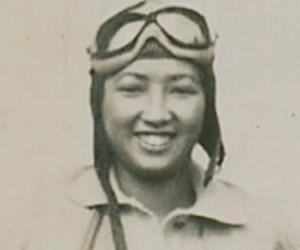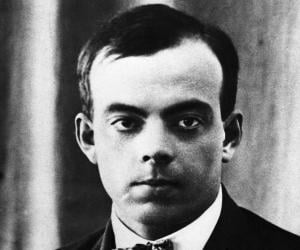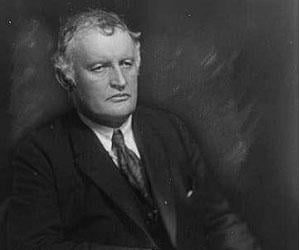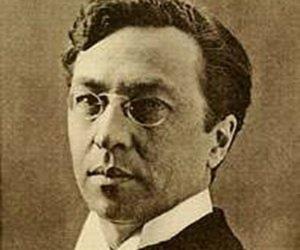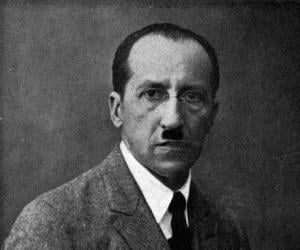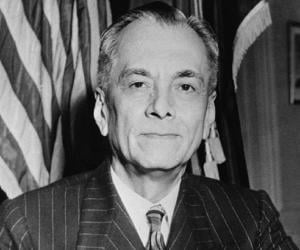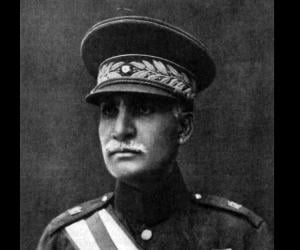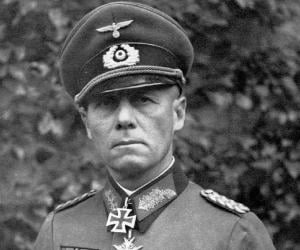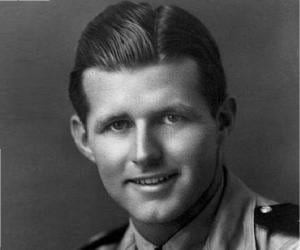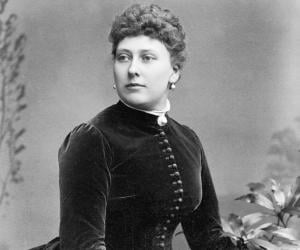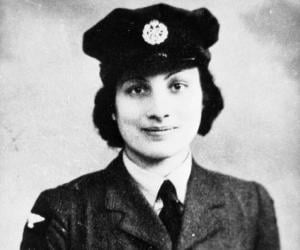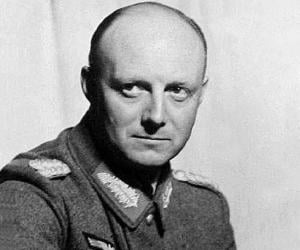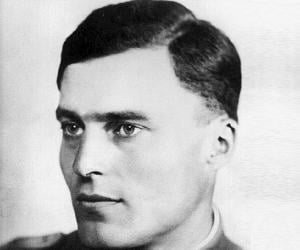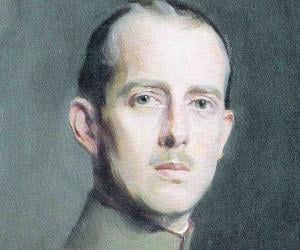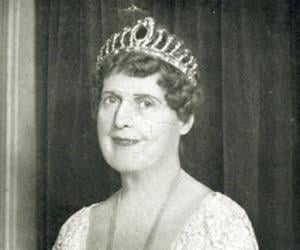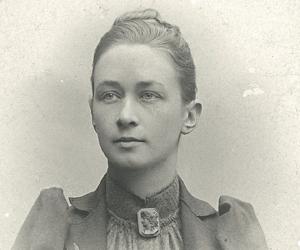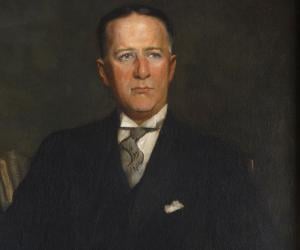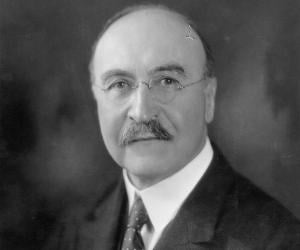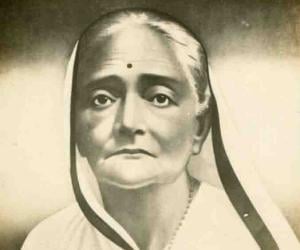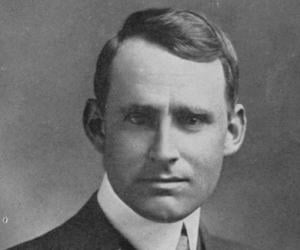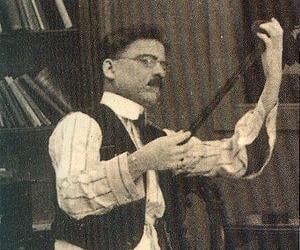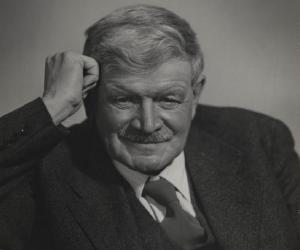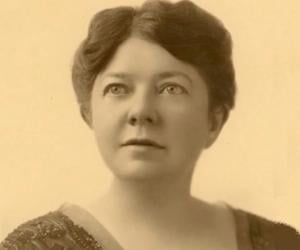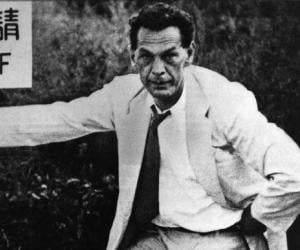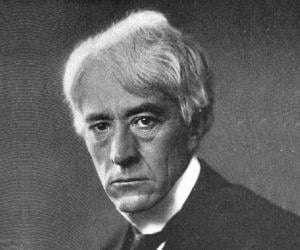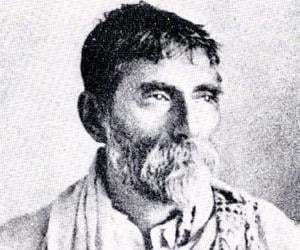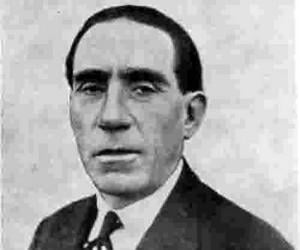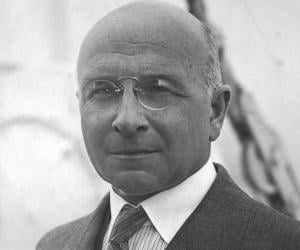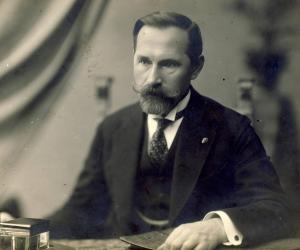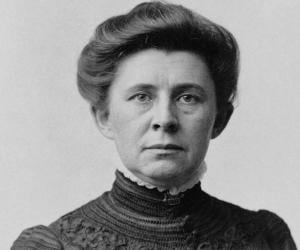French writer, poet, aristocrat, and journalist, Antoine de Saint-Exupery, is best remembered for his novella, The Little Prince. He was a pioneering aviator as a young man. A successful commercial pilot before World War II, he joined the French Air Force at the start of the war. Equally successful as a writer, he won several of France's highest literary awards.
Norwegian painter Edvard Munch is remembered for his iconic works The Scream and The Frieze of Life - A Poem about Life, Love, and Death. His paintings exhibited themes that reflected his own psychological states. He was a significant member of the Symbolism movement but was banned by the Nazi.
Dutch painter Piet Mondrian is remembered for pioneering what is known as 20th-century abstract art. He co-founded the De Stijl art movement with Theo van Doesburg and gave rise to Neoplasticism. His art was influenced by Cubism. Many of his paintings consist of geometric shapes in particular sets of colors.
Filipino statesman Manuel L. Quezon, or MLQ, was the president of the Commonwealth of the Philippines from 1935 to 1944, thus becoming the first Filipino to lead a government of the whole of the Philippines. He formed a government-in-exile in the U.S. after the Japanese invasion during World War II.
Rezā Shāh was a military colonel who founded the Pahlavi dynasty and reigned as the Shah of Iran from December 1925 to September 1941. He was also the prime minister of Iran from October 1923 to November 1925. His tenure saw the introduction of many social, economic, and political reforms, and he is regarded as the founder of modern Iran.
Known as The Desert Fox, Nazi field marshal Erwin Rommel led the Axis forces during World War II. For his plot to assassinate Hitler in 1944, he was given a choice to either commit suicide by consuming a cyanide pill or face a trial and execution. He chose the former.
Joseph P. Kennedy Jr. was a US Navy lieutenant. The eldest of the famous Kennedy siblings, Joseph P. Kennedy Jr. was groomed by his father from a very young age to become the president of the United States. After his death during World War II at age 29, John F. Kennedy took it upon himself to materialize his father's dreams.
Noor Inayat Khan was a British spy who served in a secret British World War II organization called Special Operations Executive (SOE) during the war. She was also the first female radio operator to be sent into occupied France from the UK to aid the French Resistance. She was subsequently caught and executed at a Nazi concentration camp.
Henning von Tresckow was a German Army officer who played a key role in organizing German resistance against Adolf Hitler. He drafted the Valkyrie plan for a coup against the German government and even attempted to assassinate Hitler in 1943. The next year, he once again plotted to kill Hitler and failed again, upon which he committed suicide.
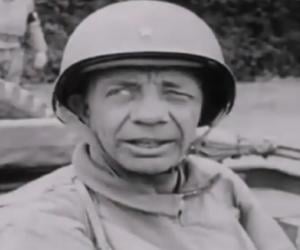
German army officer Claus von Stauffenberg, a significant figure of the German Resistance Movement within the Wehrmacht of Nazi Germany, attempted to assassinate Adolf Hitler in July 1944, but failed. He was executed by a firing squad soon after Operation Valkyrie. He had earlier actively participated in World War II.
Prince Andrew of Greece and Denmark, the son of King George I of Greece, served as a major general in the Greco-Turkish War of 1919–1922. The Turkish forces recaptured Smyrna and Andrew was blamed for the loss of Greek territory. As a result, he was exiled from Greece and he lived in France where he died.
Florence Foster Jenkins was an American socialite who was often ridiculed and mocked for her poor singing ability, which in turn made her popular. Known as the world's worst opera singer, Jenkins became a musical cult-figure in New York City due to her technical incompetence as an amateur soprano. Her life inspired several plays and films, including Florence Foster Jenkins.
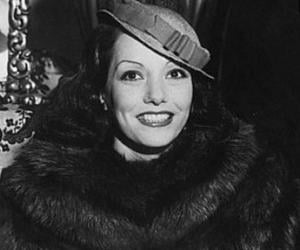
Hilma af Klint was a Swedish mystic and artist whose paintings represented complex spiritual ideas. English musician and singer-songwriter Jane Weaver cited af Klint's work as inspiration for her 2017 album, Modern Kosmology. In 2019, Hilma af Klint became the subject of a feature-length documentary titled Beyond the Visible — Hilma af Klint.
Industrial chemist Leo Baekeland is remembered as The Father of the Plastics Industry for creating Bakelite, the first synthetic plastic of the world, thus marking the beginning of the Polymer Age. His many inventions include Velox, a special photographic paper, the rights of which he sold to George Eastman.
Kasturba Gandhi was an Indian freedom fighter and political activist. Best remembered as the wife of Mohandas Karamchand Gandhi, Kasturba took part in Indian independence movements along with her husband. Her life and career inspired a play titled Kasturba which was written by Narayan Desai and directed by Aditi Desai. The play was staged several times in India.
Arthur Eddington was an English physicist, astronomer, and mathematician. He wrote numerous articles that explained Albert Einstein's theory of general relativity to the English-speaking world. He began his career in academics and eventually shifted to astronomy, becoming the chief assistant to the Astronomer Royal at the Royal Greenwich Observatory. He was a recipient of the Henry Draper Medal.
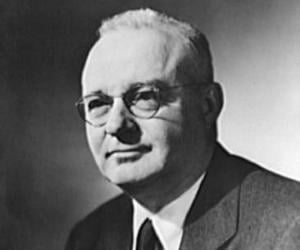
Thomas Midgley Jr. was an American chemical and mechanical engineer. Midgley played a key role in the development of leaded gasoline and chlorofluorocarbons (CFCs), which were later banned due to their negative impact on the environment and human health. Thomas Midgley Jr. was granted over 100 patents during his lifetime.
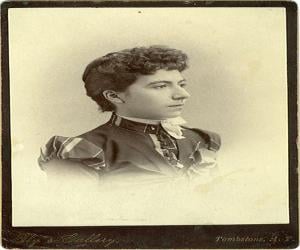
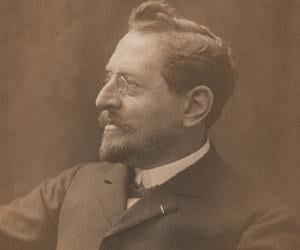
Sergei Mikhailovich Prokudin-Gorskii was a photographer and chemist of the Russian Empire. Prokudin-Gorskii is remembered for his effort to capture early 20th-century Russia and his groundbreaking work in color photography. From 1909 to 1915, Prokudin-Gorskii traveled across the Russian Empire, documenting several of its aspects. After his death, many of his negatives were taken to the U.S. Library of Congress.
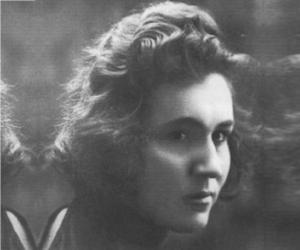
Richard Sorge was a German journalist and Soviet military intelligence officer. He was active before and during the Second World War. He worked undercover in both Nazi Germany and the Empire of Japan under the codename, "Ramsay." He was arrested, tortured, and hanged in 1944. In 1964, he was posthumously awarded the title of Hero of the Soviet Union.
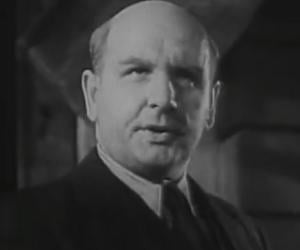
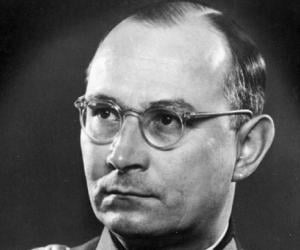
German general Friedrich Olbricht was part of the First World War but is best remembered for his association with the July Plot to assassinate Adolf Hitler. Eventually arrested for the conspiracy, he and the other plotters were executed, and Olbricht was the first to be shot.
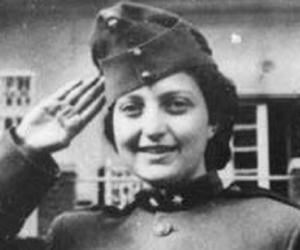
Hungarian Jewish poet and SOE member Hannah Szenes went down in history for voluntarily parachuting into occupied Europe during World War II to assist the Allied forces and the armed resistance against the Nazis. Captured at the Hungarian border, she was eventually tortured and executed by a firing squad.
The son of a Union soldier, Kenesaw Mountain Landis was successful US federal judge. He was also the first Commissioner of Baseball and is remembered for his role in the Black Sox scandal, in which he removed eight Chicago White Sox players for deliberately losing the 1919 World Series.
Indian Bengali chemist Prafulla Chandra Ray founded the country’s first pharma company, Bengal Chemicals. Educated in Calcutta and Edinburgh, he later worked from his home, a room on the first floor of the college where he taught. Knighted for his achievements, he donated generous sums to the Brahmo Samaj initiatives.
Louis Renault was a French industrialist. A pioneer of the automobile industry, Renault is remembered for co-founding the popular automobile manufacturer, Renault Group. Renault is credited with building factories that contributed immensely to the war effort during the First World War; the Renault FT tank, the first tank of modern configuration, was created and manufactured by his company.
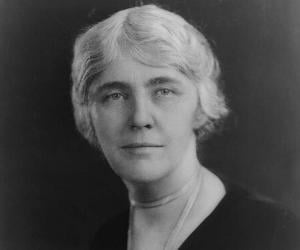
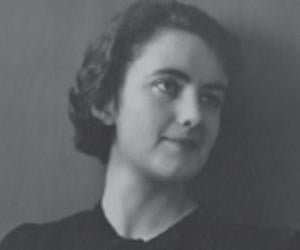
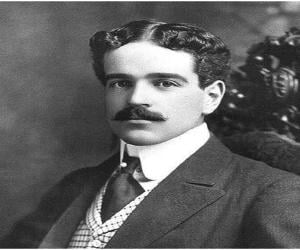
William Kissam Vanderbilt II was an American yachtsman and motor racing enthusiast. Born into the popular Vanderbilt family, William developed an interest in yachting and horse racing. He participated in yacht racing in 1900 and won the Sir Thomas Lipton Cup. A racing enthusiast, William owned many fast cars and launched an international auto racing event called the Vanderbilt Cup.
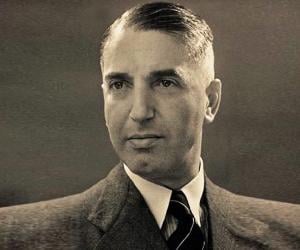
Known as Albert Dussel in Anne Frank’s diary, Fritz Pfeffer was a successful Jewish dentist who had hid along with Anne Frank and her family in the Secret Annex during the Nazi invasion of the Netherlands. Initially deported to Auschwitz-Birkenau, he later died at the Neuengamme concentration camp.
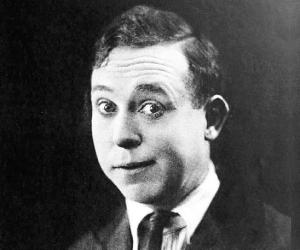
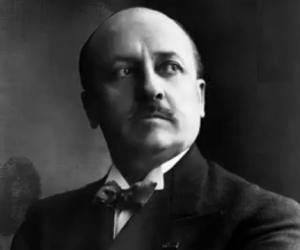
Filippo Tommaso Marinetti was an Italian poet, art theorist, and editor. He is credited with founding the Futurist movement and is remembered for his work Manifesto of Futurism. In 1918, he founded a political party called Futurist Political Party as an extension of the social and futurist artistic movement. The party merged with the Italian Fasces of Combat in 1919.
The first president of Lithuania, Antanas Smetona was drawn into the revolutionary movements of his country soon after finishing law school. A major political figure of his country during the two World Wars, he came to power for a second time after launching a coup in 1926.
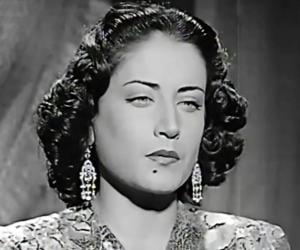

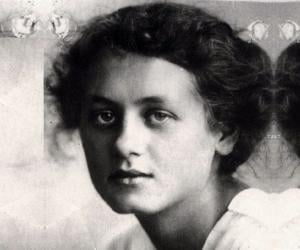
Milena Jesenska was a Czech writer, editor, journalist, and translator. She is best remembered for translating Franz Kafka's works from German to Czech and for her romantic relationship with Kafka when she was still married to Ernst Pollak. She is also known for her action of saving the lives of many Jewish and political refugees when the Nazis occupied Czechoslovakia.
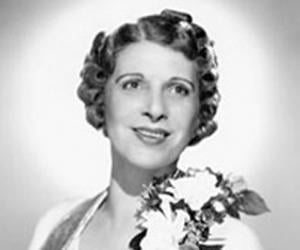
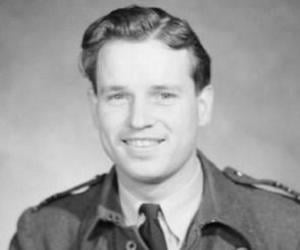
Royal Air Force bomber pilot Guy Gibson was born in India but moved to England at age 6. While he was initially rejected by the RAF for his short stature, he was later accepted. He is best remembered for leading the 1943 Dambusters raid, which damaged two dams of Ruhr.
